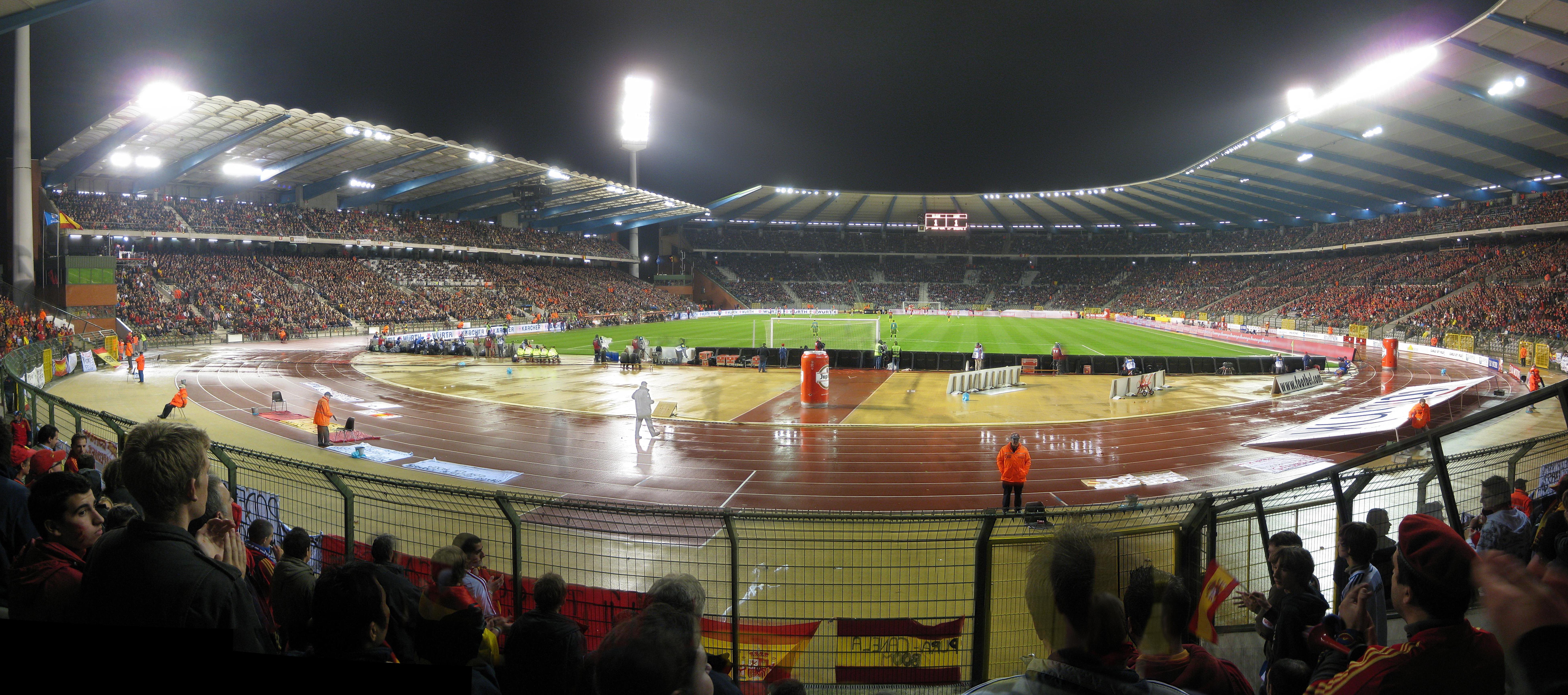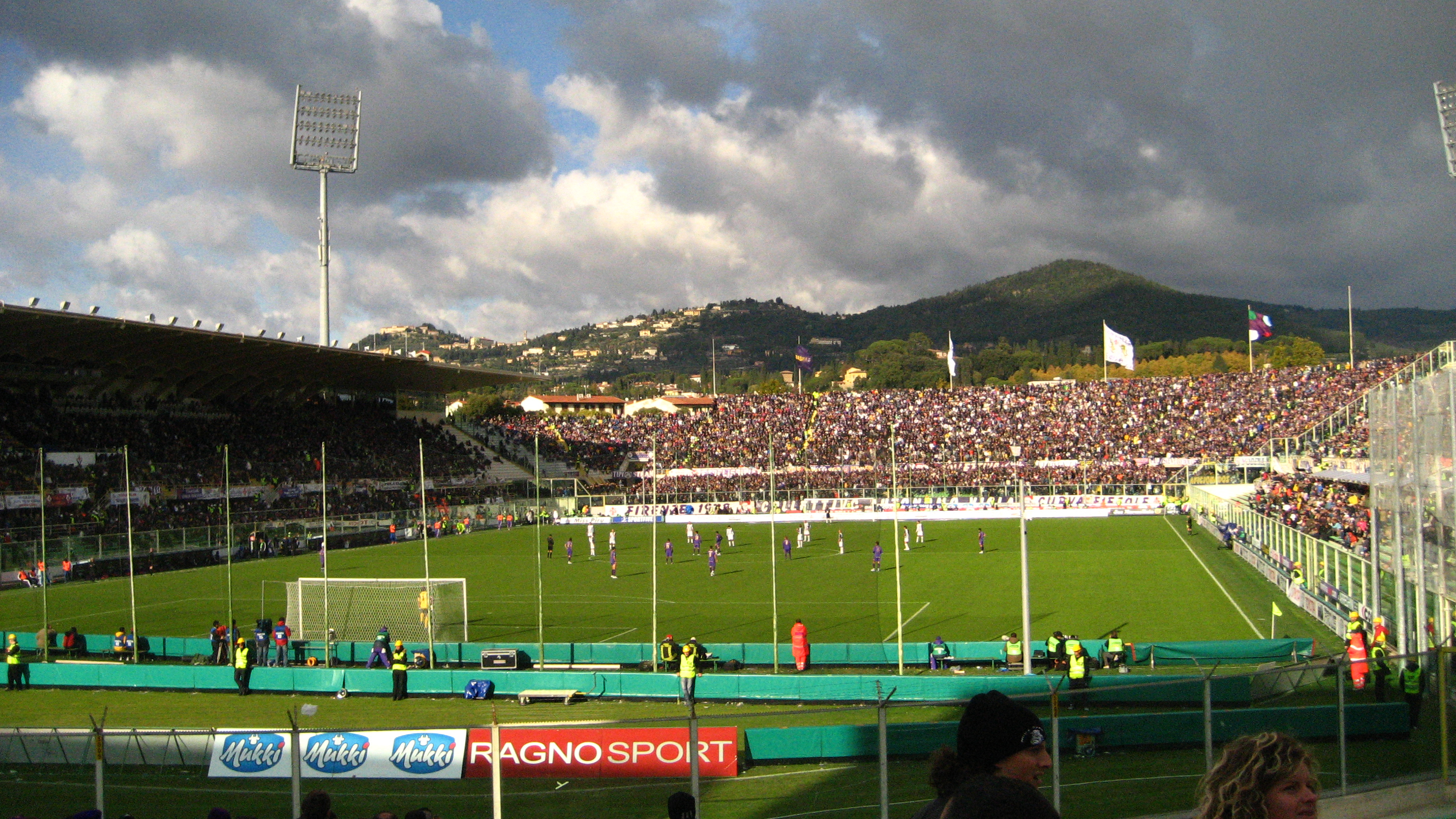Stade Roi Baudouin
- Brussels, Belgium
- 50.095 places
- Opened in 1930
About this place
The original name was Stade du Centenaire, as it was inaugurated a few days after Belgium’s 100th birthday, with an unofficial soccer match between Belgium and the Netherlands. In 1946, the stadium was renamed Heysel Stadium, and hosted European Cup finals in 1958, 1966, 1974 and 1985 and Cup Winners Cup finals in 1964, 1976 and 1980. The largest attendance at a European match was over 66,000 in 1958.
Despite its status as Belgium’s national stadium, the Heysel was not well maintained. The poor condition of the stadium was evident during the 1985 European Cup final. For example, the outside wall was made of cinder blocks and fans without tickets were seen cutting holes in it to get in. In addition, the only emergency exit led upwards and there were only three doors on each short side, which was not nearly enough for the 22,000 people who stood on the terraces on each side.
The inadequacies of the stadium had been well known for some time. When Arsenal played there in the early 1980s, their fans ridiculed it as a “dumping ground”. Indeed, the presidents of the two 1985 European finalists, Juventus and Liverpool, concluded that Heysel was not fit to host a European final, especially one featuring two of Europe’s biggest and most powerful clubs of the time. They asked UEFA to move the match to another ground, but to no avail. It later emerged that UEFA had spent only half an hour inspecting the stadium.
The Heysel Stadium disaster resulted in the death of 39 Juventus fans after they were attacked by Liverpool fans before the match. Despite this, the stadium continued to be used for Belgium’s international matches from 1986 to 1990, and only minimal improvements were made following the disaster. This was partly because the government had already developed plans to transform the stadium into a 35,000-seat facility. Finally, in 1990, UEFA forced the issue by banning Belgium from hosting a European final until at least 2000. It also continued to host athletic events and still hosts the Van Damme Memorial every year.













